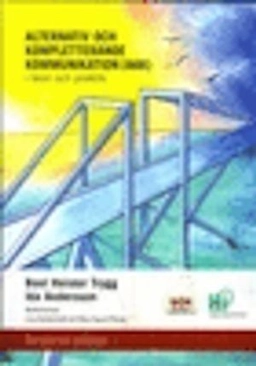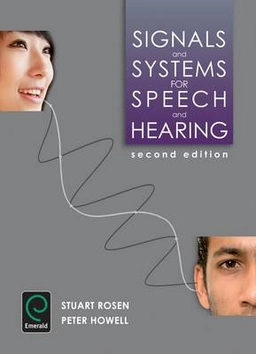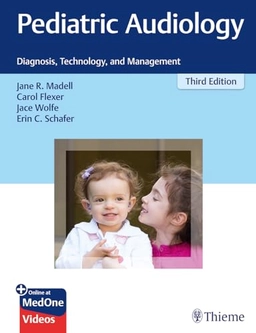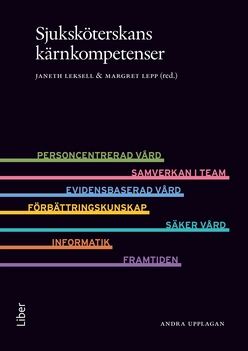Evidence based practice (EBP) has proponents in all areas of healthcare and was endorsed in a technical report in 2004 and a position statement in 2005 by the American Speech-Language-Hearing Association. Despite this, there is no text on EBP with specific application to audiology. It is particularly important in audiology, where there are various interventions to assist people with hearing impairment and a growing body of research evidence that needs to be appraised by clinicians and researchers. This comprehensive book describes the principles of EBP as they apply to the evaluation of audiologic interventions in children and adults. The reader will learn the process of EBP, as well as gain knowledge on the evidence relating to specific interventions. Evidence Based Practice in Audiology is divided into four sections. The first section describes principles of EBP, including how to evaluate evidence and how to facilitate evidence based decisions with clients. The remaining three sections provide a discussion of the best available evidence about hearing aids, cochlear implants, and other interventions.These three sections contain chapters written by leading international authors who summarize the best available evidence, highlight where further evidence is needed, and recommend how further evidence should be collected and applied in the clinic. The book will ends with an appendix that contains recommended measures for the collection of evidence about different audiologic interventions. Evidence Based Practice in Audiology is a highly valued resource for students, researchers, clinical audiologists, other health professionals and policy makers. For students, the book can be used for learning about research methods and about outcomes of interventions for children and adults with hearing impairment. For researchers, the book provides a useful summary of available research on important topics in habilitation and rehabilitation and may assist them to design future research studies. For clinical audiologists, the book can help them understand what evidence is and how this can be applied in clinical practice. Other health professionals who can benefit from this book include ENTs, pediatricians, geriatricians, GPs, nurses, and aged care workers.The book can also guide policy makers and third-party payers in their decisions about allocation of resources. The text is written with sufficient information for readers with different backgrounds and experience and careful attention has been paid to presenting complex information in an easy to understand format. Evidence Based Practice in Audiology is edited by two leading academics in research in audiologic interventions. These editors have a rich clinical experience working with children and adults with hearing impairment and with other health professionals (Bookdata)
Åtkomstkoder och digitalt tilläggsmaterial garanteras inte med begagnade böcker





















